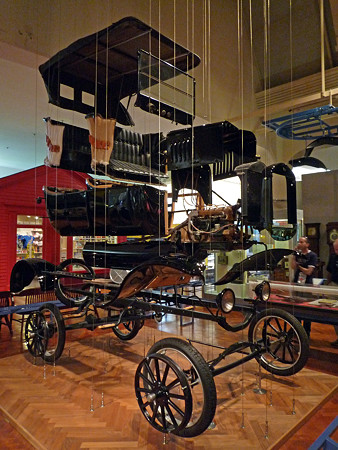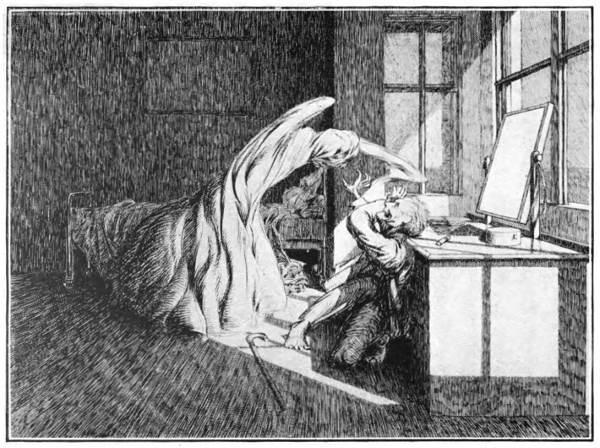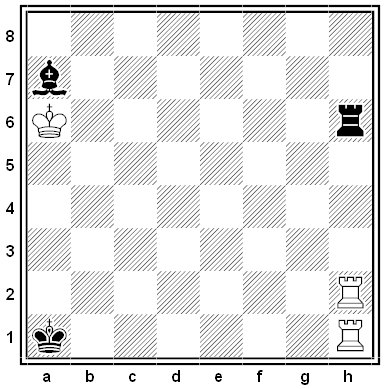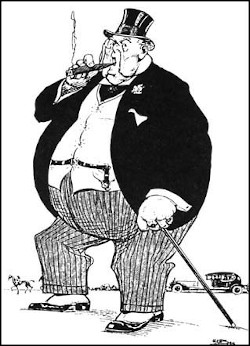More people have been to Russia than I have.
Most listeners find this sentence acceptable when they first hear it, but it’s meaningless: The phrase “more people” seems to set up a comparison between two sets of individuals, but there’s no second set.
“In light of the fact that the sentence lacks this basic property, it is remarkable that speakers so commonly fail to notice the error,” write linguists Colin Phillips, Matthew W. Wagers, and Ellen F. Lau.
No head injury is too trivial to be ignored.
At first this seems to mean “No head injury should be ignored — even if it’s trivial,” but reflection shows that it really means “All head injuries should be ignored — even trivial ones.”
“This difficulty has certain interesting properties,” write psychologists Peter Wason and Shuli Reich. “When the correct interpretation was explained it was often adamantly rejected in our informal studies, as if the informants literally could not see an alternative view.”
(Colin Phillips, M. Wagers, and E. Lau, “Grammatical Illusions and Selective Fallibility in Real-Time Language Comprehension,” in Jeffrey T. Runner, ed., Syntax and Semantics 37: Experiments at the Interfaces, 2011; Peter C. Wason and Shuli S. Reich, “A Verbal Illusion,” Quarterly Journal of Experimental Psychology 31:4 [1979], 591-597.)






